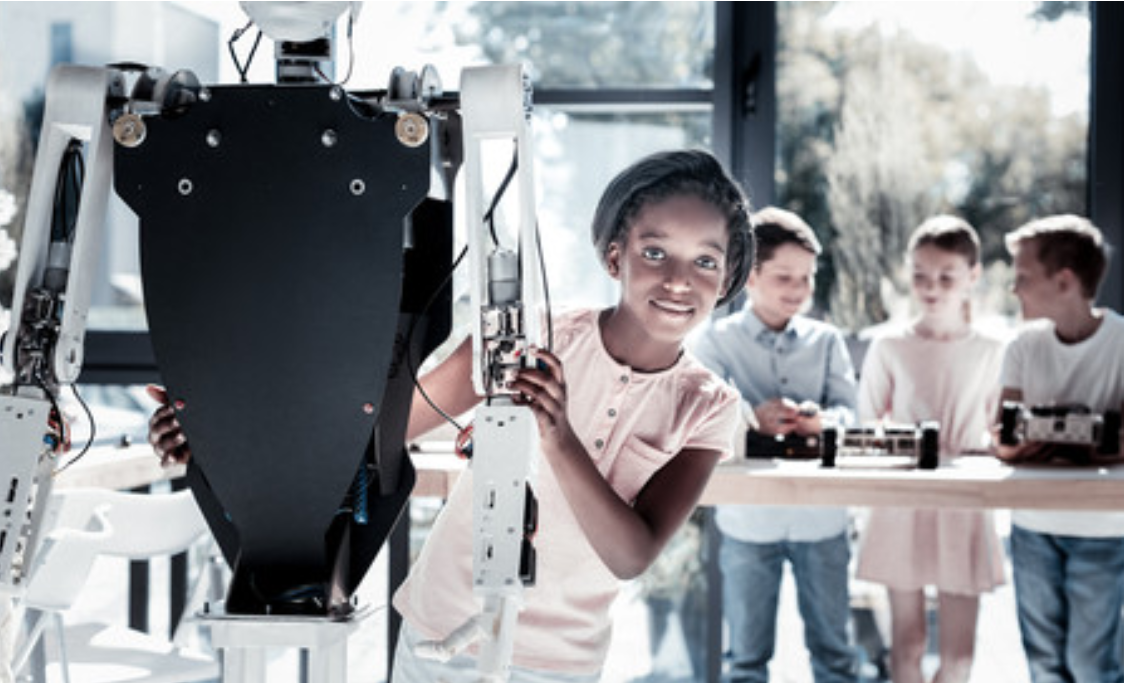World Economic Forum suggests 8 Education Models for Future Schools
In a report released on January 14, the World Economic Forum (WEF) has also picked two examples for each model from throughout the world. The WEF has emphasized that these schools systems would be crucial for Forth Industrial Revolution.

- Country:
- Switzerland
School education is one of the most pressing concerns of our times. In this fast changing world, the parents throughout the globe are concerned on what kind of education they should select for their children which would remain relevant in their life.
Though the unlimited options of education put the parents of the 21st century ahead to their predecessors, the excess of options also create confusion for parents. Besides, educationists and policy makers are often seen groping in the dark. What is relevant today may be irrelevant tomorrow. The skills which were considered job oriented a decade back are now outdated. The use of automation and machine learning have put the humans in competition with machines.
Switzerland based – World Economic Forum – in a recent report titled ‘Schools of the Future: Defining New Models of Education for the Fourth Industrial Revolution’ has presented eight models of future education with16 examples collected from throughout the world. “As globalization and rapid advancements in technology continue to transform civic space and the world of work, education systems have grown increasingly disconnected from the realities and needs of global economies and societies. Education models must adapt to equip children with the skills to create a more inclusive, cohesive and productive world,” emphasizes the report. The WEF expects that these models and school systems would serve as inspiration for driving holistic and transformative action on this important agenda. According to the forum, the report was prepared through a widely consultative process with educators, policy and business leaders, education technology developers and experts curated by the Platform for Shaping the Future of the New Economy and Society. The eight models for future schools suggested in the report for upcoming Fourth Industrial Revolution have been termed as ‘Education 4.0’. They could be summarized as under:
1. Global citizenship skills: Include content that focuses on building awareness about the wider world, sustainability and playing an active role in the global community. Examples: Green School of Indonesia and Ka Kuma Project of Kenya. The Green Schools of Indonesia focus on environment while Ka Kuma model has devised a curriculum on 17SDGs (Sustainable Development Goals) of the United Nations for the year 2020.
2. Innovation and creativity skills: Include content that fosters skills required for innovation, including complex problem-solving, analytical thinking, creativity and systems analysis. Examples: The Knowledge Society of Canada and Kabakoo Academics of Mali.
3. Technology skills: Include content that is based on developing digital skills, including programming, digital responsibility and the use of technology. Example: Teky Steam of Vietnam and AWARE (Accelerated Work Achievement and Readiness for Employment) of Indonesia.
4. Interpersonal skills: Include content that focuses on interpersonal emotional intelligence, including empathy,cooperation, negotiation, leadership and social awareness. Example: iEarn of Spain and South Tapiola High School of Finland.
5. Personalized and self-paced learning: Move from a system where learning is standardized, to one based on the diverse individual needs of each learner, and flexible enough to enable each learner to progress at their own pace. Example: Pratham of India and Anji Pay of China.
6. Accessible and inclusive learning: Move from a system where learning is confined to those with access to school buildings to one in which everyone has access to learning and is therefore inclusive. Example: Prospect Charter Schools of the US and Tallahassee Community College (TCC) of the US.
7. Problem-based and collaborative learning: Movefrom process-based to project- and problem-based content delivery, requiring peer collaboration and more closely mirroring the future of work. Examples: Innovative Schools of Peru and British School Muscat of Oman.
8. Lifelong and student-driven learning: Move from a system where learning and skilling decrease over one’slifespan to one where everyone continuously improves on existing skills and acquires new ones based on their individual needs. Examples: Skill Builder Partnership of the UK and Skilling for Sustainable Tourism of Ecuador.
“Activating Education 4.0 will require greater alignment between actors on defining and assessing the skills of the future, preparing the teaching workforce to lead this transition, and enhancing connectivity across schools and school systems,” said the report. The WEF has invoked the academic and political leaders from throughout the world to discuss these models and adopt them as per their needs for transition in the education sector of their nations. These examples were picked from 70 submissions from across the globe after thorough analysis based on four criteria - alignment with the education 4.0 framework; potential for scaling up; a multitask holder approach to design and implementation; demonstrated improvement in student outcomes, access to learning and learning outcomes.
(Disclaimer: The opinions expressed are the personal views of the author. The facts and opinions appearing in the article do not reflect the views of Devdiscourse and Devdiscourse does not claim any responsibility for the same.)
- READ MORE ON:
- World Economic Forum
- WEF
- Education Models
- models
- Schools of the Future
- Fourth Industrial Revolution
- Global citizenship skills
- Innovation and creativity skills
- Technology skills
- Teky Steam of Vietnam
- Ka Kuma Project
- Green School
- The Knowledge Society
- Kabakoo Academics
- AWARE
- Teky Steam
- South Tapiola High School
- iEarn of Spain
- Pratham of India
- Tallahassee Community College
- FIRST PUBLISHED IN:
- Devdiscourse










